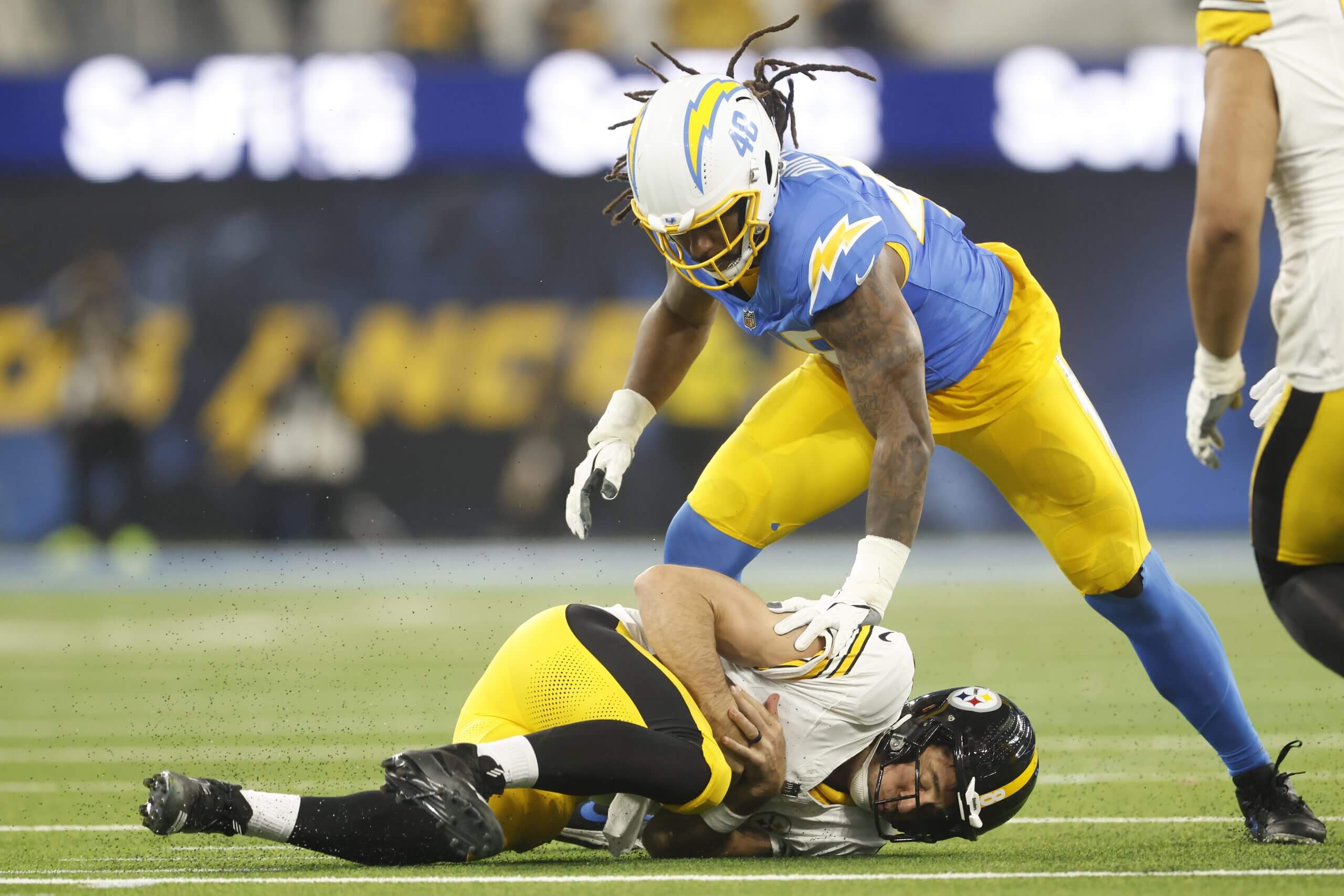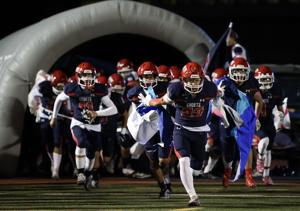PITTSBURGH — The Pittsburgh Steelers faced a disappointing defeat against the Los Angeles Chargers on Sunday night, highlighting persistent issues within their offense. Despite a promising start to the season with their new quarterback, Aaron Rodgers, the team could not overcome four critical problems that surfaced during the game.
In training camp, concerns were raised regarding the Steelers” offensive capabilities, specifically in four areas: limited running space, an out-of-sync vertical passing game, a lack of connection with the second wide receiver, and struggles from young offensive tackles. Although the Steelers had managed to work around these challenges earlier in the season, their performance against the Chargers was a stark reminder of these ongoing issues.
Offensive Line Struggles
The young offensive tackles, particularly Broderick Jones and Troy Fautanu, faced significant challenges during the game. Despite having shown improvement throughout the season, allowing only 18 sacks up to that point, the offensive line faltered against the Chargers. Coach Mike Tomlin acknowledged that the offensive line could have performed better, especially on critical third downs where pressure was evident.
Jones allowed pressure on several occasions, while Fautanu, who had been consistent prior to this game, lost his assignment resulting in a safety. Overall, Rodgers faced pressure on nearly 30 percent of his dropbacks, leading to three sacks.
Vertical Passing Game Issues
The Steelers” vertical passing game has struggled significantly. Rodgers has been forced to throw quickly due to the offensive line”s inexperience, averaging a rapid 2.51 seconds per throw. Despite this, teams have frequently used two-high safety coverages to limit deep passing opportunities. As a result, Rodgers has only attempted a handful of deep passes, completing a mere 31.6 percent of those attempts.
During the game, there were missed opportunities, including a high pass to Jonnu Smith that could have resulted in a big gain. On another occasion, a miscommunication with DK Metcalf led to an incomplete pass that could have been a significant play.
Inconsistent Running Game
The running game also showcased inconsistencies. Although the Steelers averaged 4.6 yards per carry against the Chargers, they only rushed the ball 16 times due to their inability to convert on third downs. With an overall average of 3.8 yards per carry this season, the running game has not been reliable, affecting the overall offensive strategy.
Lack of WR2 Production
The Steelers have relied heavily on their top receiver, with Calvin Austin III and Roman Wilson expected to step up this season. However, both players have struggled with consistency. Austin”s recent shoulder injury hindered his progress, and during the game, he made a critical mistake by allowing a pass to hit his hands and be intercepted.
With opposing defenses focusing on neutralizing Metcalf, the lack of production from the second receiver has become increasingly problematic, limiting the Steelers” offensive effectiveness.
In summary, the Steelers” offense faced significant challenges against the Chargers, raising concerns about their ability to address these issues moving forward. Coach Tomlin emphasized the need for improvement from both players and coaches to enhance the team”s performance.







